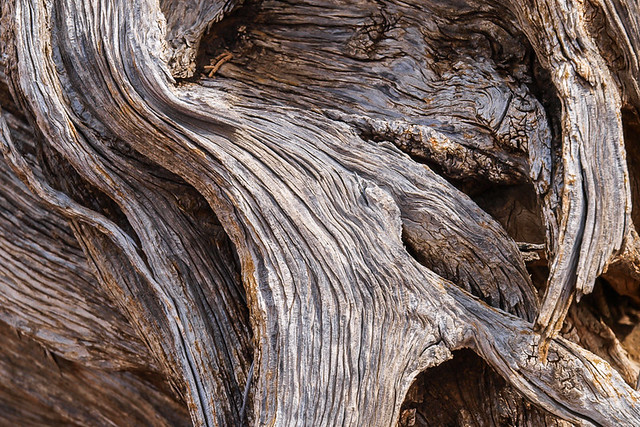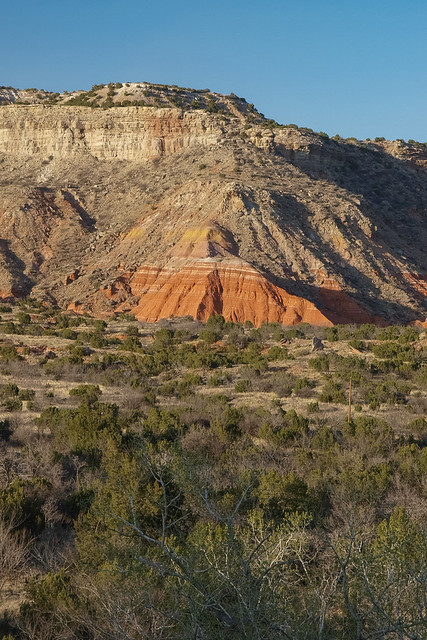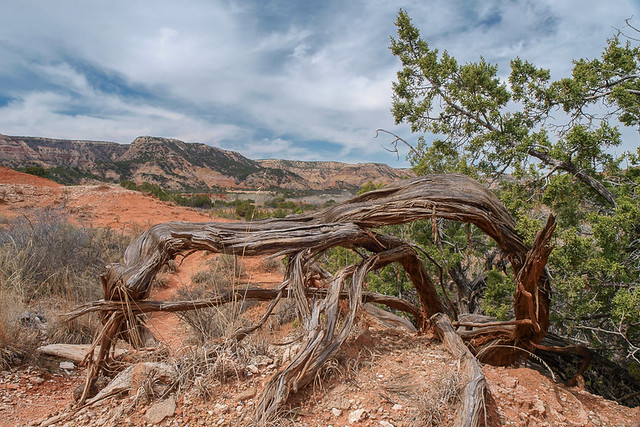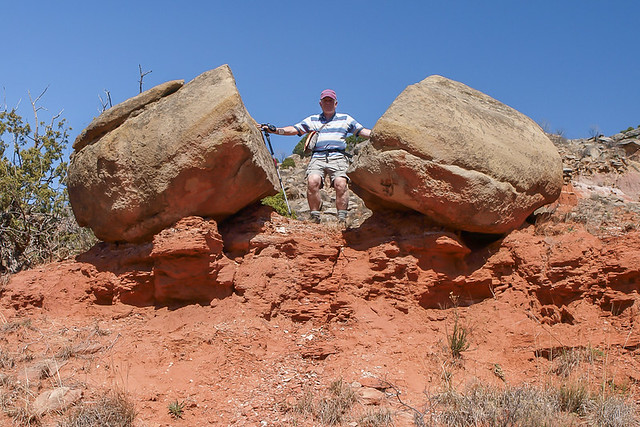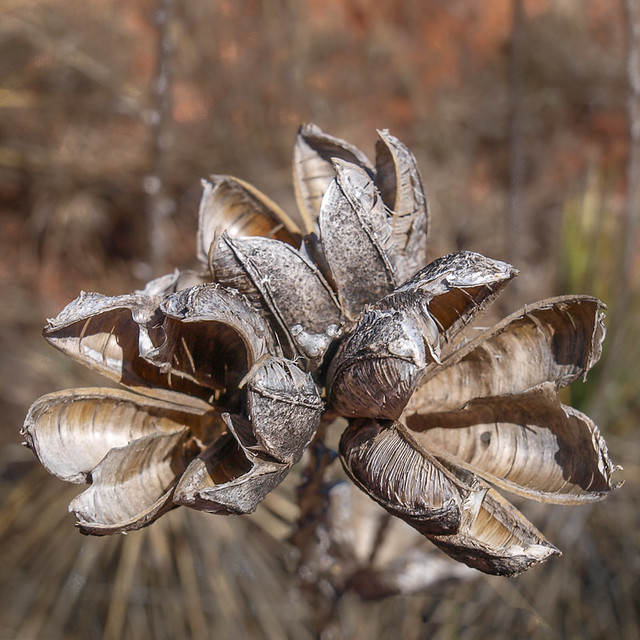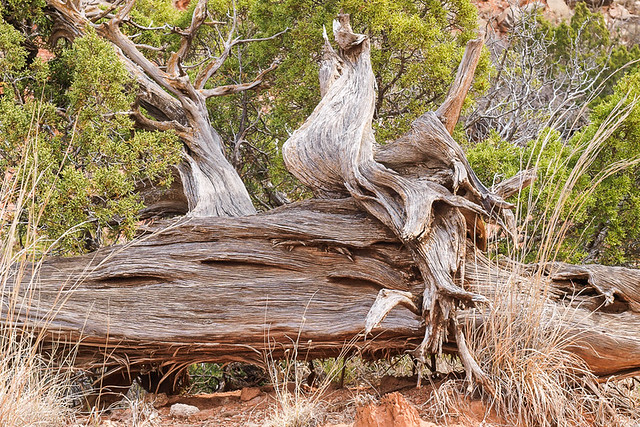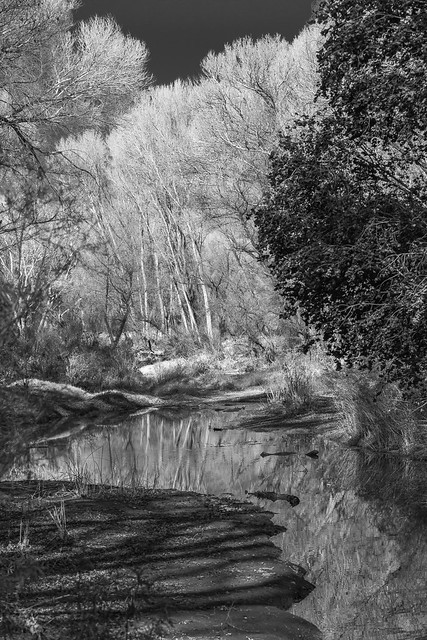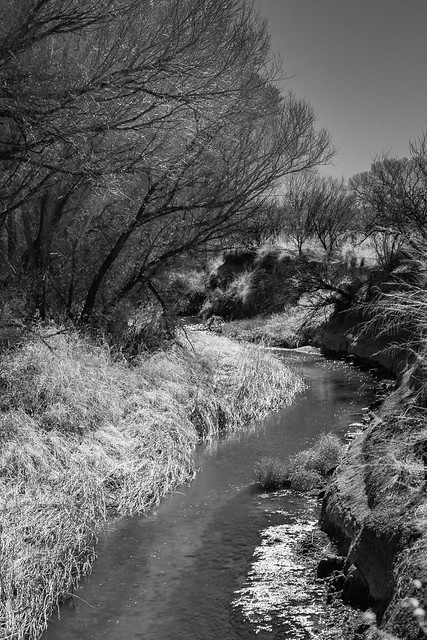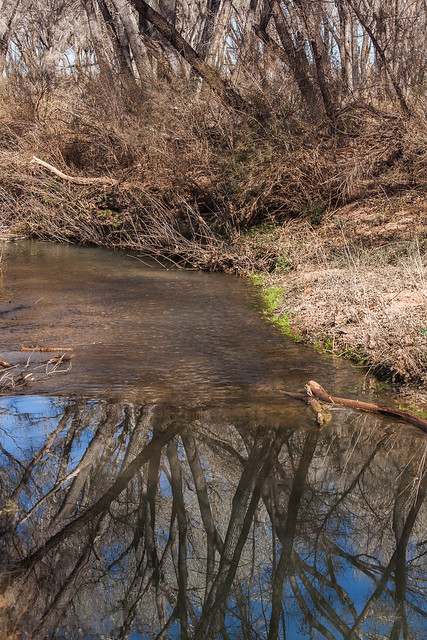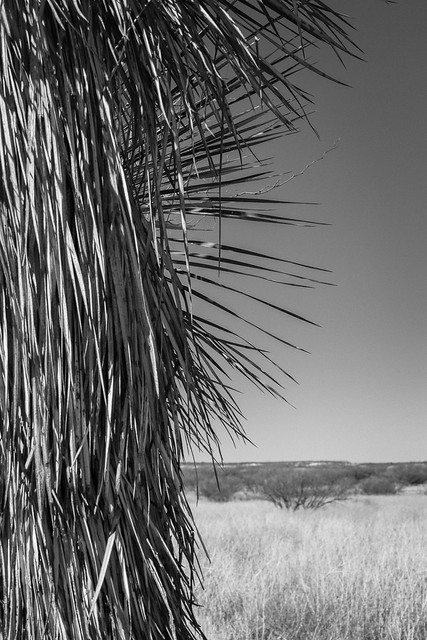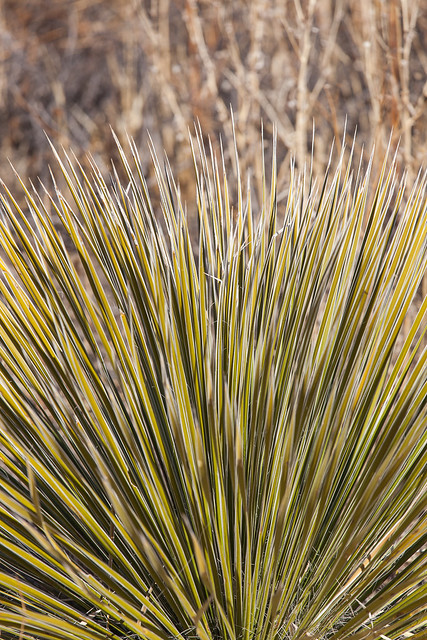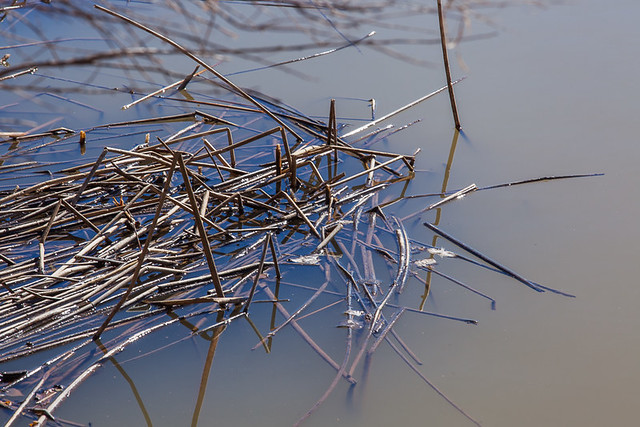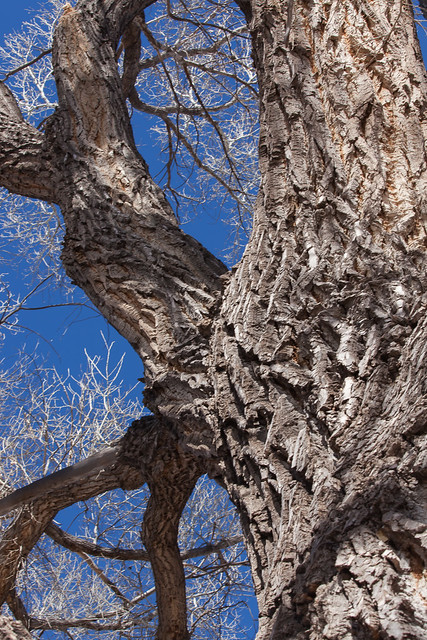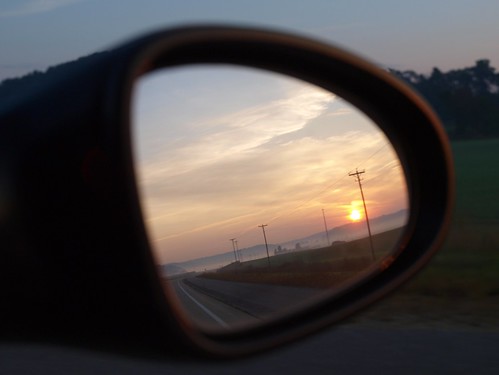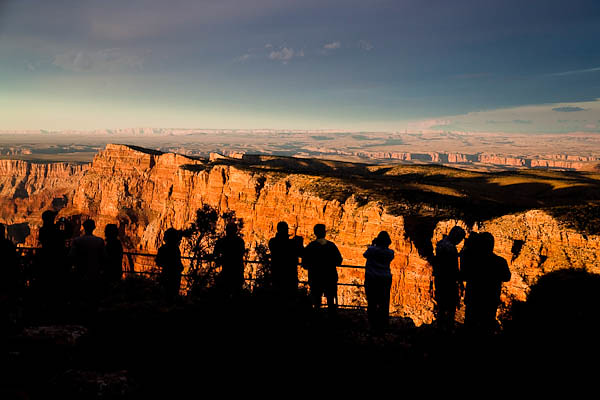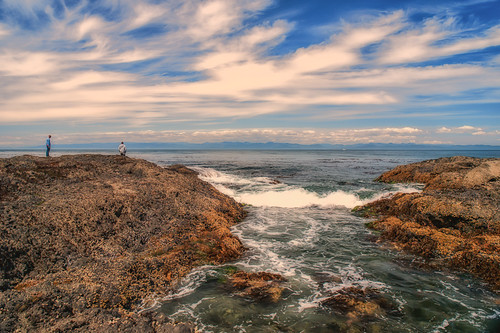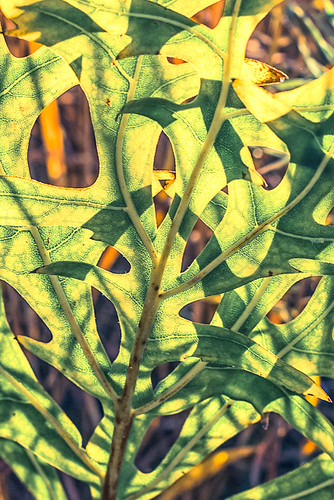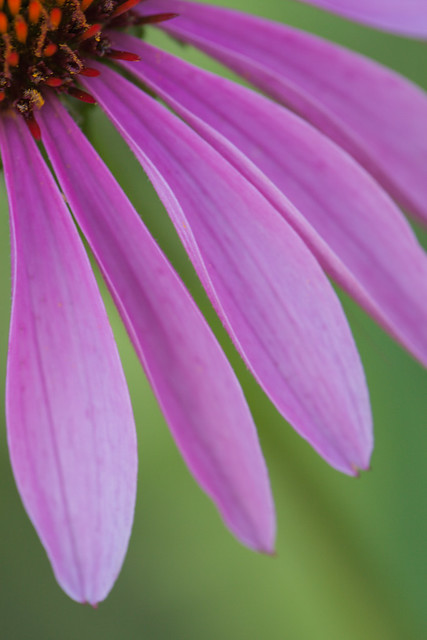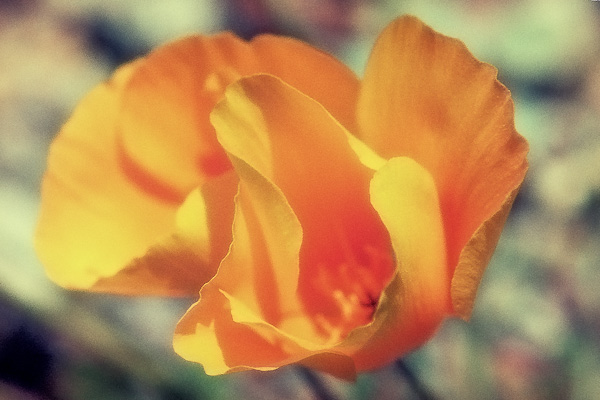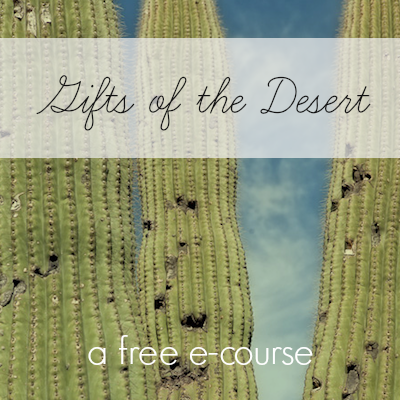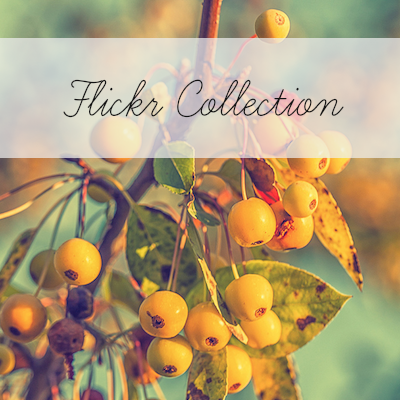The Essence of Place, Defined
Essence of Place: A limited selection of photographs that, when combined, offer a unique glimpse into a place. The mood or emotion portrayed in the place is emphasized, and included are elements that are unique to the area. People also can be included to illustrate culture or connection.
Abstract. An abstract uses form, texture and color. Emphasis is more on the composition and less on the subject.
Landscape: The term landscape represents a segment of nature from a single point of view. It encompasses land, and can also include animals, buildings, and people.
Intimate Landscape: Photographs typically do not include a horizon line, or when the horizon is present, conveys only a hint of where the image is photographed. The grandeur of nature is captured in a smaller space. Less is more.
Still Life: A photo which depicts inanimate subjects. Includes common objects in nature, such as rocks, sticks, leaves. Simplicity is key.
Macro-Photography: A close-up image of a subject. Technically, the image is at a 1:1 ratio (life-size) or larger, magnified up to 5 times the life-size image.
Wabi-Sabi: “A Japanese aesthetic of things imperfect, impermanent, and incomplete…” ~ Leonard Koren. Includes objects connected to the earth: rustic materials, rich in raw texture; effects of weathering and aging by sun, wind, heat, cold; rusty, tarnished, warped, cracked or peeling surfaces; faded colors, muddy tones, or grays/blacks; simple, yet poetic. (source: Leonard Koren)
Combinations are also possible, such as:
Intimate landscape + portrait: A portrait of a person or animal which includes landscape to provide a context for the subject, or defines a landscape by contrasting the human perspective in a natural setting.
To capture the essence of place, I did some basic research and pulled key words and concepts for which the region is particularly noted.
Here are my notes:
Palo Duro means “hard wood”. Southern high plains. Rim of canyon is shortgrass prairie, canyon floor has more trees, shrubs, tall grasses. Canyon is 800 feet deep, formed by erosion from Prairie Dog Town Fork of Red River. Rock layers of gypsum (white) and claystone (red) and is called “Spanish skirts”. “Grand Canyon of Texas” – second largest canyon in US. Erosion shaped lands, caps of erosion resistant sandstone creating mesas, pinnacles, buttes.
Landscapes:
Intimate Landscape:
Intimate Landscape + Portrait:
Macro.
Still life.
Wabi sabi.
